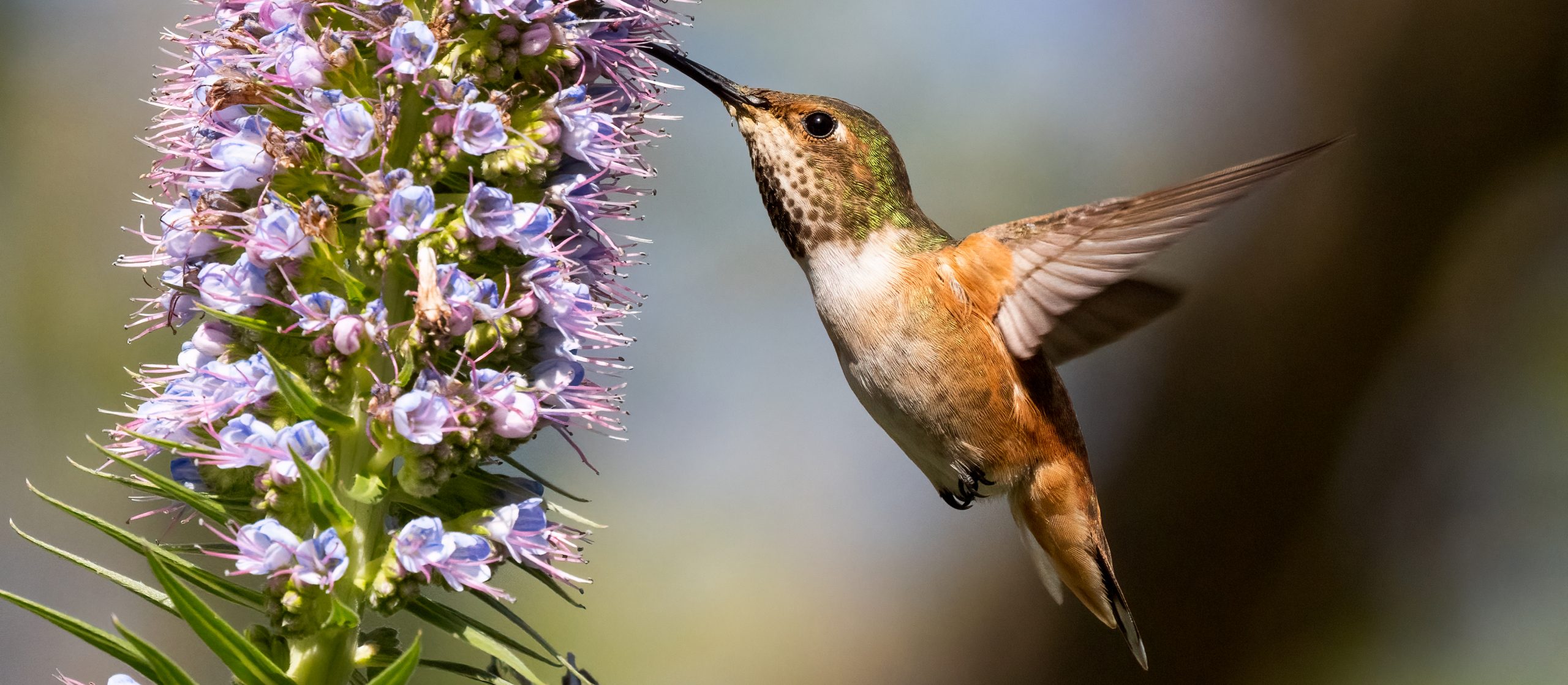
Bird Friendly Communities
Tree Trimming & Landscape Management
“Sea and Sage Audubon Society’s Mission is to protect birds, other wildlife, and their habitats through education, citizen science, research, and public policy advocacy”.
To meet these goals, we fully support laws, policies, and sensible management practices that protect birds and their nests from harm, harassment, damage and destruction, especially during the nesting season.
Sea and Sage’s Tree Trimming Policy
In a 2019 Cornell Lab of Ornithology Study, scientists estimate that bird populations in the United States and Canada have declined by a third, or nearly 3 billion birds since the 1970s. Reasons for the decline are many and complicated, but part of the problem is human-related disturbances to breeding birds, especially in urban areas. including the destruction of active nests caused by untimely tree trimming and landscape management practices.
The best way for us to protect breeding birds is to avoid tree trimming and major landscape projects to the extent possible, during the peak breeding season (roughly March 15 through August 15 in southern California). We recognize that In some cases completely stopping work during the breeding season is impossible, and this is where “Best Management Tree Trimming” must be adhered to.
Birds are intentionally secretive about where they build their nests, to make them hard to find. There are hundreds of species of birds in Southern California using a wide variety of strategies to hide their nests. They can be built deep in trees or out on the edges, inside shrubs, in the grass, on the ground, on cliffs, and on manmade structures. They range in composition from traditional stick nests to cavities to simple scrapes in the sand. They come in all different sizes, from very small, well camouflaged nests to large, obvious structures. They can be found in every landscape and habitat in Southern California.There are just too many possibilities to avoid them all when trimming or removing trees and other
landscape features.
Trimming during the breeding season risks the outright destruction of occupied nests and it also reduces resources that birds and other wildlife need to survive and breed successfully. Dense trees and shrubs are necessary commodities for birds, especially during the breeding season. Thinning or completely removing important trees and habitats during the breeding season can be detrimental to successfully breeding. Sea and Sage promotes tree trimming and major landscape work outside the breeding season whenever possible.
Click Here: More Information on Best Tree Management Practices & Laws Protecting Nests and Birds